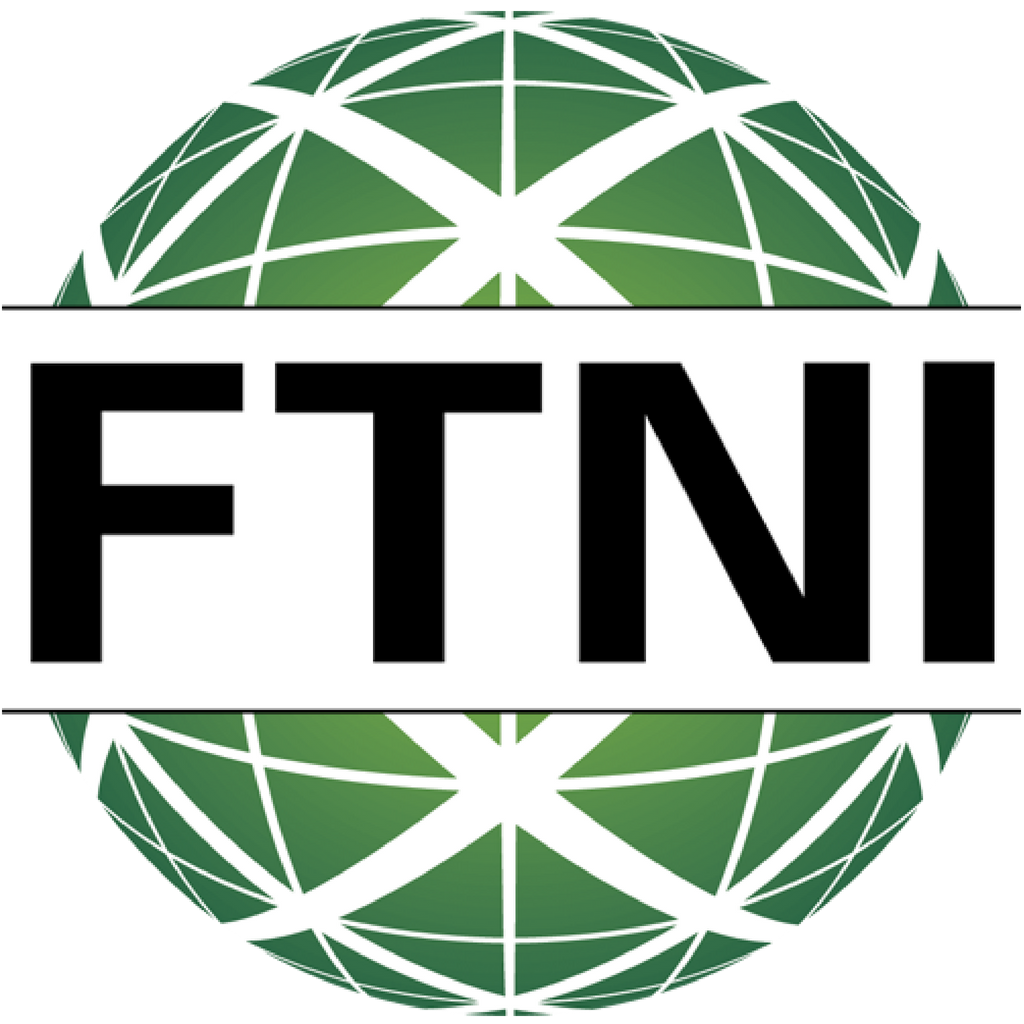Lately, banks have been taking some noteworthy strides to innovate in the AR space by investing in new fintech technology. It’s exciting to see, and we hope it’s a sign of things to come—but although this is a positive sign for future collaboration between banks and fintechs, these recent investments and partnerships still don’t go far enough.
Here are a couple recent examples:
- What Key’s fintech investments say about commercial payments (via American Banker)
- Bank of America Turns to AI for New Payment Reconciliation Tool (via PYMNTS.com)
These are all moves in the right direction, but they’re half measures, plain and simple. It’s great to solve customer problems—as long as you’re actually solving them, instead of just putting a Band-Aid on the real problem. Too often, new solutions look like they’re integrating different systems onto one platform, but they’re really just dashboards covering up the same old siloed mess.
It’s no secret that banks aren’t technology providers, just as technology providers aren’t banks. In fact, most of the technology solutions banks deliver are made possible as a result of partnerships with fintechs and other third-party vendors. This works out for everyone involved—banks can deliver corporate customers with value added technology solutions without losing site of their core competencies, customers gain access to new AR technology that helps to eliminate legacy siloed systems, and Fintechs are able to accelerate the adoption and advancement of their innovative software and solutions as new user bases leverage the technology across multiple industries.
Let’s say you’re a bank, and you’ve decided to put a receipt imaging system in place. While you’ve solved one problem for your customers, you’ve introduced another by creating yet another process—and likely another solution/platform/piece of software—for your customers to manage. Corporate customers already have to deal with multiple systems to accept and process payments; they already struggle with reconciliations and exceptions across any number of solutions. Adding one more solution to the mix doesn’t really help anything in the long term—it just makes life harder for corporate AR teams.
We get it: Most banks don’t like selling/supporting tech solutions. You want a quick fix that helps your customers do what they need to do. But going for the easy fix can leave your corporate customers holding the bag; not to mention leaving the bank at risk of losing your highly-valued corporate banking customers.
Take checks. As every bank knows, they’re not going away any time soon. The typical organization still receives 44 percent of its B2B payments by check, according to the 2016 AFP Electronic Payments Survey. As such, they’re a big part of any corporate AR department’s job. If you, as a bank, are considering putting a virtual payments solution into place, that’s great—but all that does is add another system to your customer’s already full plate. It doesn’t ease the pain of reconciling checks manually, or automatically post to the back office. And since it’s probably a standalone solution, it may not integrate well with the rest of your customer’s environment.
Instead, why not take the truly innovative approach and solve your customers’ pains for years to come by helping them move to a seamlessly integrated platform? Wash away their memories of the pains that come with having to manage and maintain multiple, siloed, disparate systems and solutions.
A truly integrated receivables platform does just that. It integrates all payment methods (ACH, CC, check, etc.) and channels (web, app, phone, in-person)—which helps your corporate banking customers reduce complexity, increase efficiency, improve reporting, eliminate multiple reconciliation points, and lower costs for maintenance, training and support. By having everything on one platform, you create a seamless, efficient user experience that increases visibility and decreases labor.
That’s the solution that corporate customers really need.
The good news? True integrated receivables solutions are no longer just a vision—they’re a reality. A growing number of savvy FinTech companies have taken notice of these challenges and are eliminating payment silos and putting all those different payment methods and channels into a single solution. By using what we call a ‘true’ integrated receivables solution, banks can enable their corporate customers handle any payment type from any payment channel, and easily configure it to integrate with each customer’s back-office accounting system, in fact any back-office accounting system. That gives banks the flexibility and ease of use that creates stickiness with corporate customers.
Unlike a dashboard that just brings together transactions from disparate systems, a true integrated receivables solution supports the initiation, acceptance, processing and posting of all transactions from a single, unified platform. It gives you oversight, reconciliation, reporting, and an agnostic connection with your back-end accounting or CRM solution — all in one platform.
A leading integrated receivables solution should enable you (and your corporate customers, if you’re a bank) to:
- Use it with any merchant processor
- Leverage existing bank relationships, and easily enable multiple banking relationships if / when necessary
- Gain visibility and oversight into enterprise-wide receivables operations within a single interface
- Automatically post remittance information into back-office ERP/Accounting/CRM/Policy Management systems
- Leverage the cloud, so implementation is inexpensive, configuration is customizable within clicks, deployment is swift, training is easy, and updates are delivered seamlessly
- Deliver multiple layers of security and compliance, including PCI, SSAE16, HIPAA, etc.
- Deliver active payment monitoring functionality to help banks and corporates combat risk and fraud with early detection and alerting capabilities
- Rapidly take advantage of innovative payment technologies and solutions
- Reduce costs and increase customer satisfaction by offering intuitive self-service administration capabilities
As you look to the future, you have a choice: You can continue to let your customers struggle with the patchwork quilt of systems that they have in place and continue to adopt, or you can be the strategic partner that helps them replace legacy, siloed systems with a new, truly integrated system that gathers all that information on one platform. We know which solution we’d recommend.
Originally Published September 12, 2017.
